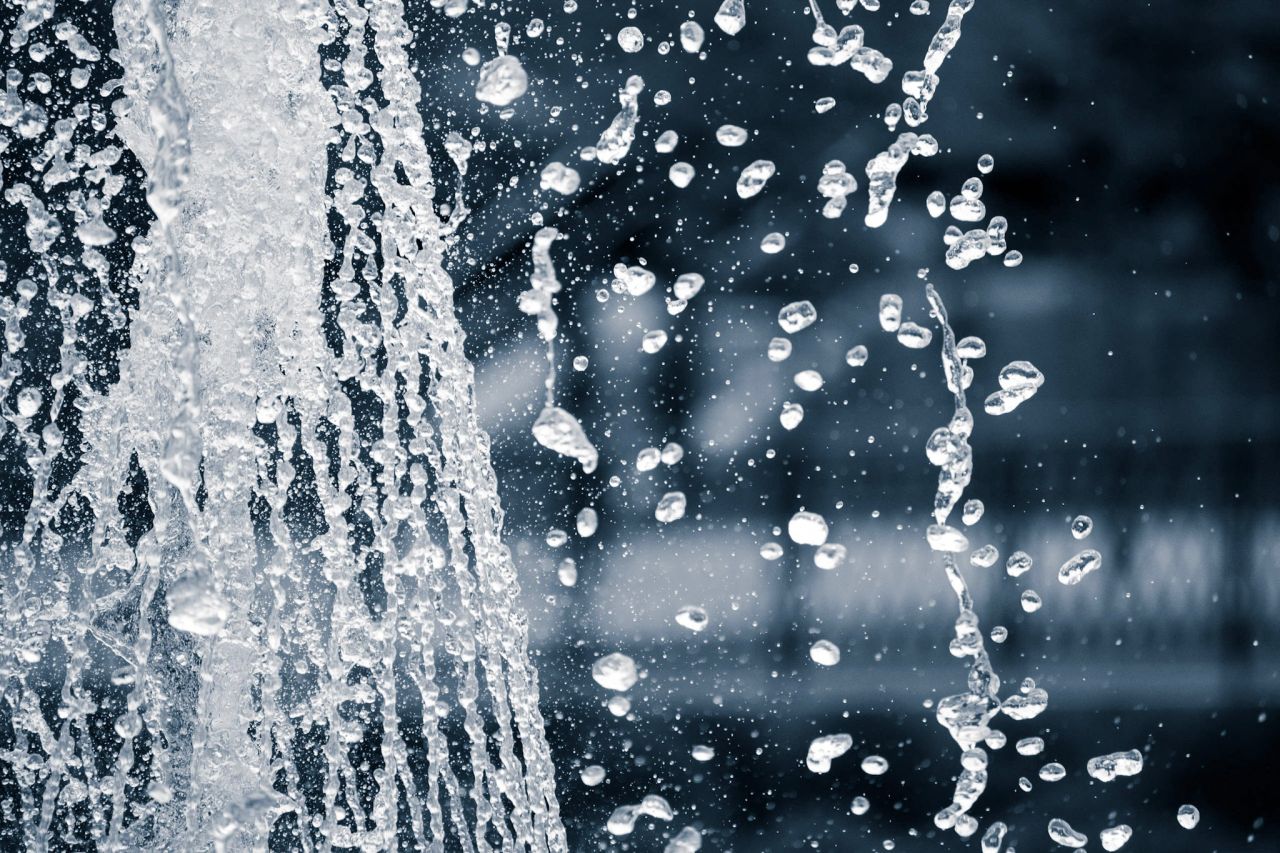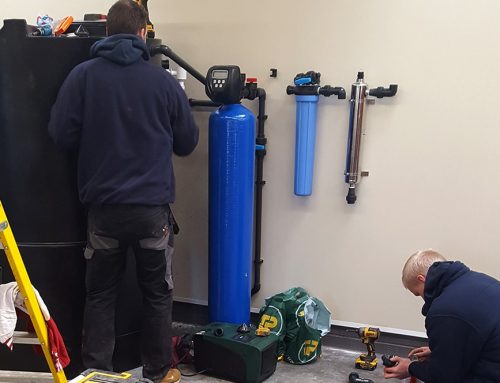At Dales Water we are frequently contacted by home-owners who have taken on rural properties to renovate that make use of a spring or a borehole water supply. In this post we focus on spring water supplies in this context.
Springs are used throughout the Yorkshire Dales and one of the most common problems we run into are spring water supplies that are not in a ‘great’ condition.
As discussed in a previous post on contamination in spring water whilst still functioning the head tanks are often neglected. We recently attended a property undergoing renovation which made use of a spring that supplied several other dwellings. A council report had been provided (as per the Private Water Supplies regulations) which made numerous recommendations which had yet to be actioned. We were asked to identify what other improvements were needed or possible alternatives to provide a reliable water supply.
Alongside the council’s recommendations, we discovered that the water was delivered into a water storage tank under a patio which was completely unprotected against any sort of contamination. The water was then boosted by a fixed speed pump to two more storage tanks in the loft where the house was previously fed via gravity. This will have been more than sufficient when the property was last lived in but for higher demanding appliances like dishwashers and boilers it wouldn’t be able to cope.
It’s also worth noting that the council will always return to check that their recommendations have been carried out and enforce them if they were yet to be actioned. The council is required to do this due to the Private Water Supply regulations and they will charge for re-attendance.
Common Problems With Spring Water Supplies
After assessing the site and undertaking water analysis we found that the spring could be retained for long term use within the newly renovated property but with some caveats, which generally apply to all springs, not just this one:
- Spring water can be variable – to specify water treatment you are looking for a consistent water quality – springs are not like this. It’s possible to treat the water if necessary against the given water sample but it only represents one point in time.
- If a ‘True Colour’ (i.e. one that is bound to the water and not caused by something else in the water) is present during rainfall this is difficult to treat
- You can treat for other things that may occur at other points but the sample just represents one point in time, we will not know about other contaminants unless a sample is again taken when they are present – this results in additional costs.
- Typically spring water is low in pH (acidic) and they are susceptible to bacterial contamination
- Springs can ‘go’ and never return if something disturbs them for instance and no guarantee can be provided that it will last – historical evidence is helpful and it may be worth discussing with the neighbours if a particular spring is ‘good’, and ask has it ever run dry for instance.
Based on the infrastructure failings and bacterial contaminants found in the water post testing our recommendations to store, boost and treat the water were as follows:
- Disconnect the existing water storage tank outside
- Identify the incoming pipe earlier and divert this to a pump house
- Supply and install a potable water storage tank so that a good volume of water is available
- Supply and install suitable booster pump with integrated dry run protection to boost the water out of the tank
- Supply and install a stainless steel ultra violet purifier with pre cartridge filter
- Supply and install all necessary interconnecting pipework
Using a Borehole as an Alternative Water Supply
In some circumstances rather than remediate a spring supply, the drilling of a borehole is a viable alternative. Compared to a spring supply they have the following benefits:
- The water quality is more consistent
- A higher volume of water should be available
- If multiple properties use the spring, the house would be independent of the spring supply – no need to carry out work or contribute to the work on the spring head
- The spring could also be integrated in to the system
- The water supply should be more reliable
The only downside is a borehole usually requires more up front costs to due to drilling, pumping plant installation and other associated works. But in the long term it will be cheaper to run and maintain.
If you are renovating a property with a private water supply that needs looking at feel free to contact us for any advice. If you’re yet to take on the property our quick guide to buying a house with a private water supply may also be useful.
Photo credit: tubblesnap



